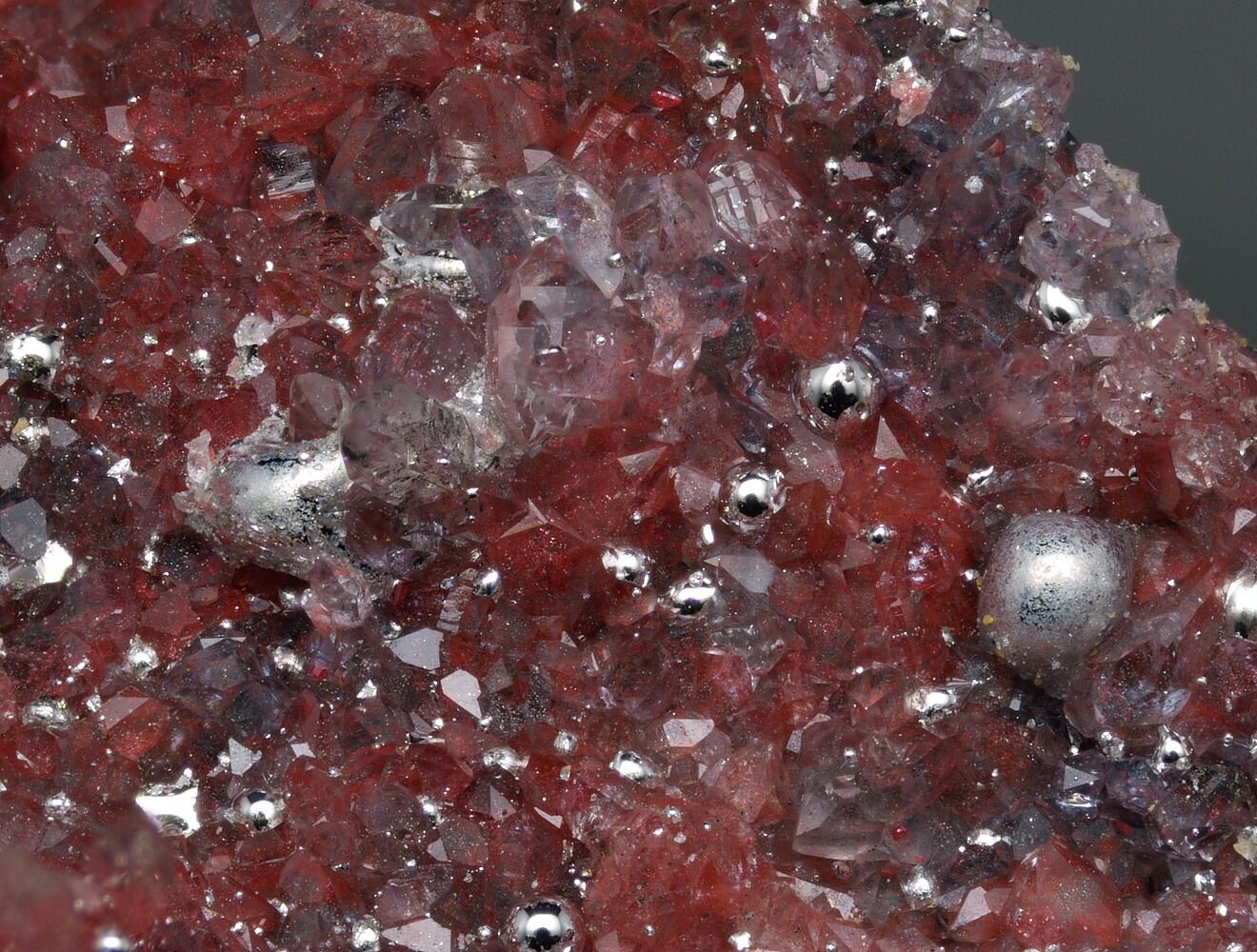
Wattersite is a rare and intriguing mineral that has captured the interest of geologists and mineral enthusiasts alike. Found primarily in specific regions, this mineral boasts unique properties and a fascinating history. But what exactly makes Wattersite so special? From its distinct crystal structure to its unusual formation process, Wattersite offers a glimpse into the Earth's geological wonders. Whether you're a budding geologist or just curious about the natural world, learning about Wattersite can be both educational and exciting. Ready to dive into the world of Wattersite? Here are 25 facts that will enhance your understanding and appreciation of this remarkable mineral.
Key Takeaways:
- Wattersite is a rare, magnetic mineral found in the USA. Its unique properties help scientists understand Earth's mantle and past geological environments.
- This mineral, named after Robert Watters, has a high specific gravity and can fluoresce under UV light. It's not used in jewelry but is valuable for educational purposes.
What is Wattersite?
Wattersite is a rare mineral that has fascinated geologists and mineral enthusiasts alike. Its unique properties and limited availability make it a subject of great interest. Here are some intriguing facts about this mineral.
-
Wattersite was first discovered in 1965. It was named after the American mineralogist, Robert Watters.
-
The mineral is primarily found in the USA. Specifically, it has been located in the state of Arizona.
-
Wattersite belongs to the oxide mineral class. This means it is composed of oxygen and one or more other elements.
-
Its chemical formula is MgCr2O4. This indicates it contains magnesium, chromium, and oxygen.
-
Wattersite is often associated with chromite deposits. Chromite is another mineral rich in chromium.
-
The mineral has a high hardness level. On the Mohs scale, it ranks around 8, making it quite durable.
-
Wattersite has a metallic luster. This gives it a shiny, reflective appearance.
-
Its color ranges from dark brown to black. This variation depends on the specific conditions under which it formed.
-
The mineral is opaque. Light does not pass through it, making it impossible to see through.
-
Wattersite crystals are typically small. They usually measure less than a centimeter in size.
Unique Properties of Wattersite
Wattersite's distinct characteristics set it apart from other minerals. These properties contribute to its rarity and value.
-
It has a high specific gravity. This means it is denser than many other minerals.
-
Wattersite is magnetic. It can be attracted to a magnet, which is unusual for an oxide mineral.
-
The mineral is resistant to weathering. It does not easily break down when exposed to the elements.
-
Wattersite can fluoresce under UV light. It emits a faint glow when exposed to ultraviolet light.
-
It has a unique crystal structure. Wattersite crystals form in the isometric system, which is characterized by three axes of equal length intersecting at right angles.
-
The mineral is often found in serpentinized ultramafic rocks. These rocks are rich in magnesium and iron.
-
Wattersite can be used as an indicator mineral. Its presence can signal the potential for chromium deposits nearby.
-
It is not commonly used in jewelry. Due to its rarity and small crystal size, it is not a popular choice for gemstones.
Scientific Significance of Wattersite
Wattersite holds great importance in the field of geology and mineralogy. Its study can provide valuable insights into geological processes.
-
The mineral helps in understanding the Earth's mantle. Wattersite's formation conditions offer clues about the composition and behavior of the mantle.
-
It is used in research on high-pressure mineral phases. Scientists study Wattersite to learn about minerals that form under extreme pressure.
-
Wattersite contributes to the study of chromium cycling. Its presence helps researchers understand how chromium moves through the Earth's crust.
-
The mineral is a subject of interest in petrology. Petrologists study Wattersite to learn about the formation and composition of rocks.
-
Wattersite can provide information about past geological environments. Its characteristics can reveal details about the conditions under which it formed.
-
It is used in the study of metamorphic processes. Wattersite's formation can indicate the types of metamorphism that have occurred in an area.
-
The mineral is valuable for educational purposes. It is often included in mineral collections and used in teaching about mineral properties and geology.
Wattersite: A Hidden Gem
Wattersite, a rare mineral, holds a unique place in geology. Found primarily in Greenland, this mineral's striking blue hue and complex structure make it a subject of fascination for scientists and collectors alike. Its rarity and beauty contribute to its high value, making it a prized find for those lucky enough to discover it.
Understanding Wattersite's properties helps researchers learn more about Earth's geological history. Its formation process offers clues about the conditions deep within our planet. This mineral's unique characteristics also make it a valuable resource for various scientific studies.
In short, Wattersite isn't just a pretty rock. It's a window into the past, a tool for scientific discovery, and a treasure for collectors. Whether you're a geology enthusiast or just curious about the natural world, Wattersite offers something truly special.
Frequently Asked Questions
Was this page helpful?
Our commitment to delivering trustworthy and engaging content is at the heart of what we do. Each fact on our site is contributed by real users like you, bringing a wealth of diverse insights and information. To ensure the highest standards of accuracy and reliability, our dedicated editors meticulously review each submission. This process guarantees that the facts we share are not only fascinating but also credible. Trust in our commitment to quality and authenticity as you explore and learn with us.
